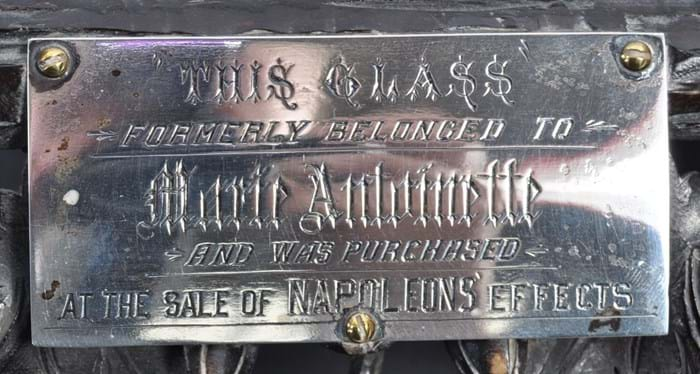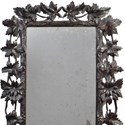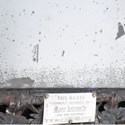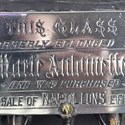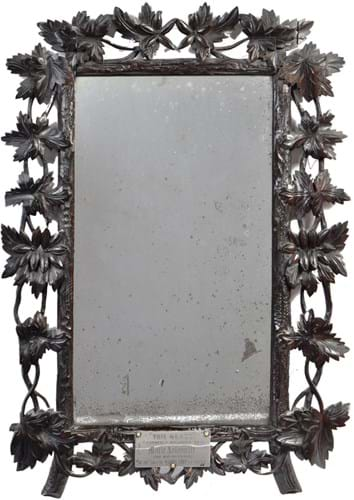
1. 1930 World Cup poster sketch
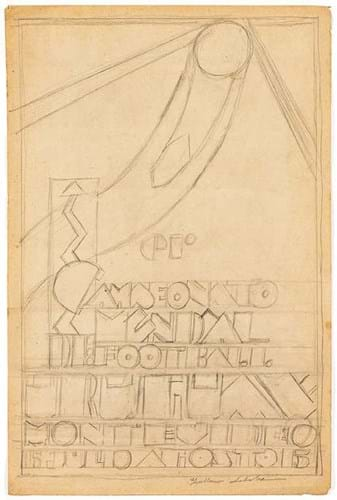
An original pencil sketch by Guillermo Laborde for the official 1930 World Cup poster is estimated at £3500-4500 in Graham Budd’s November 9-11 auction.
An original pencil sketch by Guillermo Laborde for the official 1930 World Cup (the first staged) poster is on offer at Graham Budd’s November 9-11 auction.
Formerly in the Rony Almeida collection, the 21 x 14in (53 x 35cm) work signed lower right is estimated at £3500-4500. Almeida, a football fan, numismatist and museum curator created a vast collection of memorabilia to preserve the history of the game in South America. Laborde (Uruguay, 1886-1940) was a painter, sculptor and designer.
An example of the finished, original product, the 2ft 7in x 15in (78.5 x 38cm) lithograph poster, is available as the following lot, guided at £4000-6000.
View and bid for this World Cup poster sketch via thesaleroom.com.
2. Edwardian commemorative pendant

Edwardian amethyst, diamond and enamel pendant on chain commemorating the 1911 Delhi Durbar – estimate £1000-1500 at Tennants on November 14.
An Edwardian amethyst, diamond and enamel pendant on chain commemorating the 1911 Delhi Durbar is coming up for sale at Tennants in Leyburn on November 14 with an estimate of £1000-1500.
The jewel comes from the descendants of Lady Frances Irene Campbell, who was presented with the pendant to mark the third Delhi Durbar or ‘Court of Delhi’, an imperial gathering to celebrate the succession of George V as Emperor of India.
The 1911 Delhi Durbar was the third such event, and the only one that was attended by the sovereign. It attracted hordes of spectators and scores of Indian nobility to Coronation Park on December 12, where George V and Mary of Teck appeared in Coronation robes, the King-Emperor sporting the Imperial Crown of India encrusted with diamonds, sapphires, emeralds and rubies.
Frances Campbell’s husband Archibald Campbell (later knighted), was Private Secretary to the Governor of Madras, Sir Thomas Gibson Carmichael, at the time of the Durbar. Archibald later rose to become the Chief Secretary of Madras, admired for his financial acumen and organisational skills.
Two other similar pendants are known, having been sold by Bonhams in 2003 and 2009.
View and bid for this ‘Delhi Durbar’ pendant via thesaleroom.com.
3. Marie Antoinette’s looking glass
A looking glass that hung in a family’s bathroom for more than 40 years is believed to have once been owned by Marie Antoinette.
In a mid-19th century frame, the mirror glass is thought to have been owned by Emperor Napoleon III’s wife Eugenie who collected items that belonged to Antoinette.
Having later been sold at auction, it came to the current vendor’s family through an inheritance in the 1980s. It will now be offered at East Bristol Auctions on November 13 with an estimate of £5000-8000.
View and bid for Marie Antoinette’s looking glass via thesaleroom.com.
4. Mousetrap camera
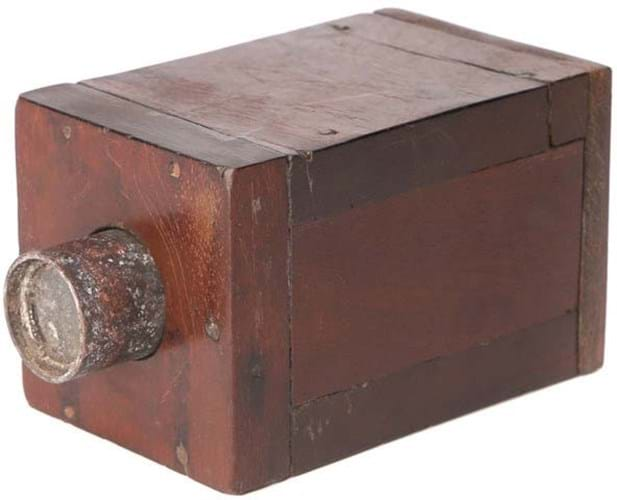
A Mousetrap camera, the earliest form of photographic camera ever made, is going under the hammer at Flints’ auction on November 19 with an estimate of £50,000-70,000.
A Mousetrap camera, the earliest form of photographic camera ever made, is going under the hammer at Flints’ auction on November 19 with an estimate of £50,000-70,000.
The saleroom says it is the first example of its type to have ever come up for auction. This camera was made c.1840. Flints says “only six other cameras of this kind are known to exist (all in a museum collection). This camera was discovered by the seller who recognised it as being of the kind used by the pioneer of British photography, William Henry Fox Talbot, from around 1836. It was with a ‘job lot’ of other cameras.”
Very simply constructed from wood with a simple fixed focus lens, Mousetrap cameras created paper negatives. Talbot developed this process to allow the creation of lasting images. That process was soon eclipsed by the French Daguerreotype process, announced in 1839. Consequently, Mousetrap cameras are “exceptionally rare”.
View and bid for this Mousetrap camera via thesaleroom.com.





